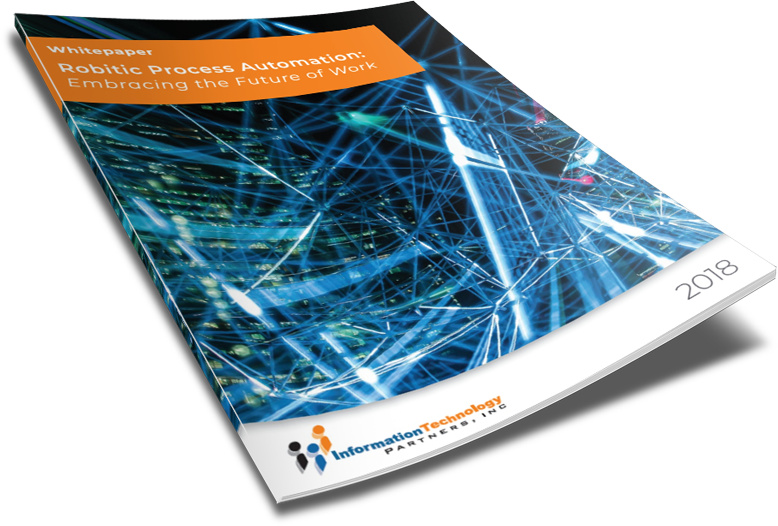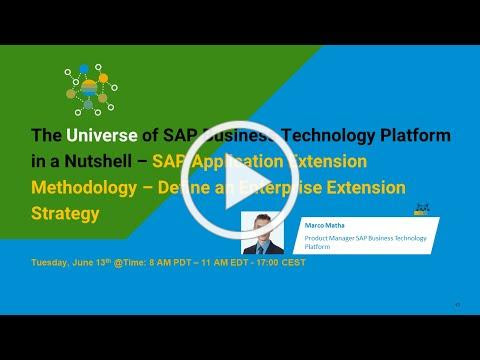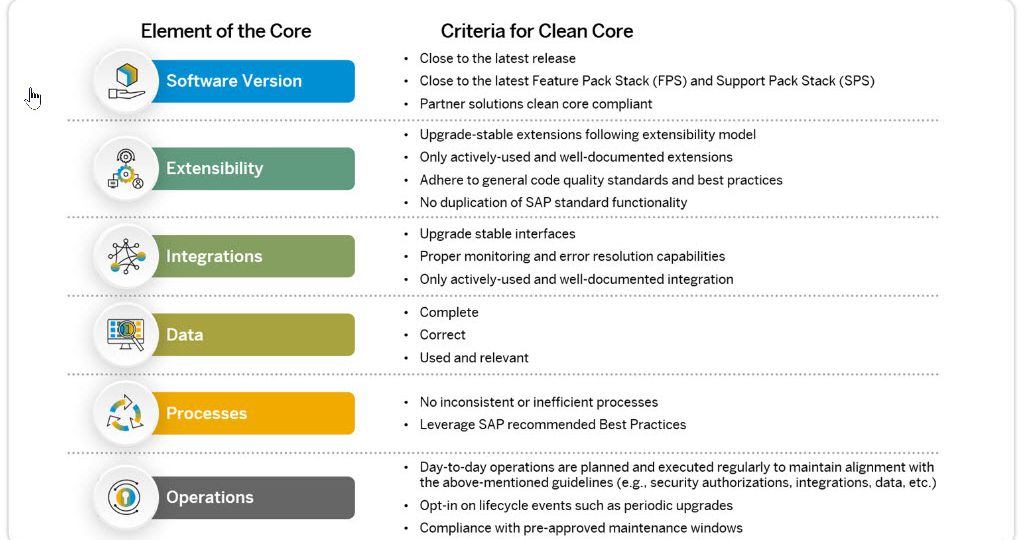
TAKE NOTE (Insights and Emerging Technology)
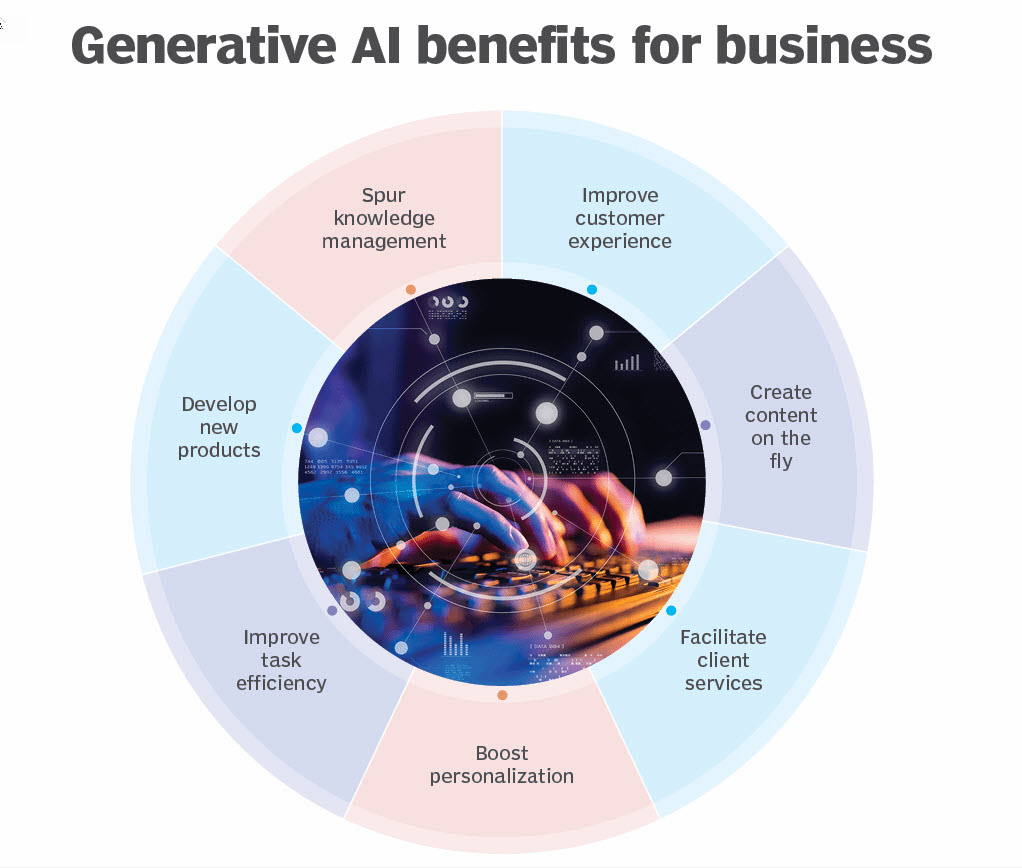
Generative AI can help government workers complete time-consuming administrative tasks, address gaps in agency operations, reduce wait times and improve language translation services.
As we mark the second anniversary of the Biden administration’s Executive Order on Transforming Federal Customer Experience and Service Delivery, Generative AI is helping reimagine the way that government agencies deliver critical human services — like child care, housing and utility assistance, nutrition benefits, cash assistance, employment and training programs, Medicaid, long-term care and refugee assistance — to individuals and families across the country.
While generative AI has the potential to revolutionize many areas of the federal government, its impact could be especially significant within human services delivery. Public servants in this field are under immense pressure in today’s environment. They aim to meet the public’s expectations for timely and high-quality services while working tirelessly to manage record levels of casework — all amid an increasingly competitive market for talent.
Safe, secure and trustworthy generative AI technologies can help government workers deliver more seamless human services by helping complete time-consuming administrative tasks, address gaps in agency operations, reduce wait times and improve language translation services, among many other potential applications.
To safely and effectively harness generative AI in human services delivery, government leaders can lean on three key strategies.
Identify the right technology for the task at hand
In order for agencies to choose the right generative AI tool or application for specific challenges, it’s important to first understand the kind of tasks best suited for generative AI. To start this process, agencies should inventory their services and determine which specific programs could benefit from generative AI technologies.
Establish checks and balances
Agencies can create necessary checks and balances in the way services are delivered by knowing when to deploy human oversight in processes that use generative AI. Doing so can help enhance public trust in the safety and efficacy of this cutting-edge technology.
Reimagine outmoded systems and processes
To maximize the benefits of generative AI, government leaders must be willing to modify existing processes to fit the technology
Generative AI holds tremendous promise for alleviating the strain on caseworkers and improving the experience of individuals and families interacting with human services agencies. By taking the right steps to determine where generative AI can make the most impact, layering the technology with human oversight, and developing workflows that are conducive to generative AI’s most effective applications, agencies can help transform the way that individuals and families receive critical support and resources
Interested in learning more about RPA? Download our FREE White Paper on “Embracing the Future of Work”
UNDER DEVELOPMENT (Insights for Developers)
SAP Extension Methodology
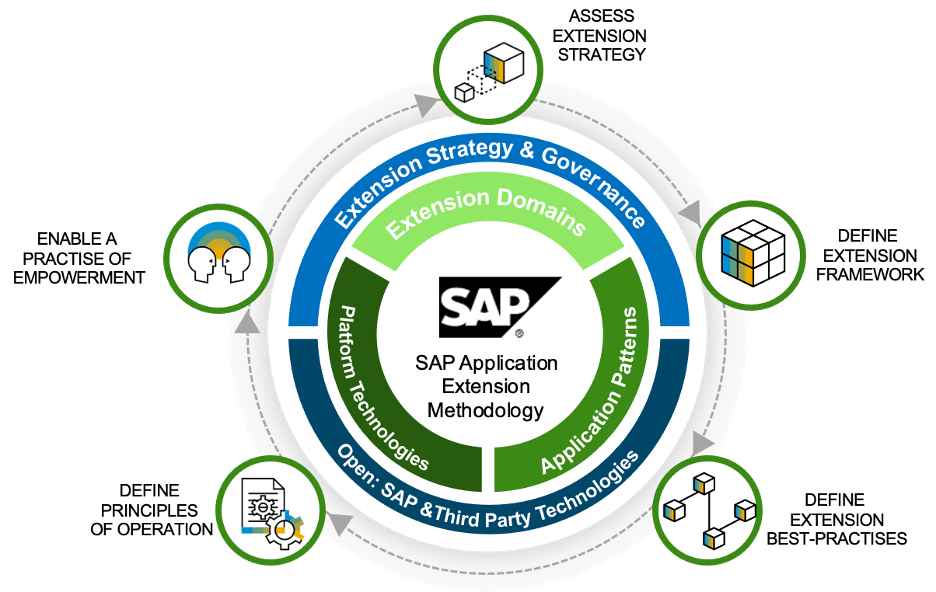
Intro
You might have already heard of the SAP Extension Suite that powers the BTP (Business Technology Platform), if not, check out our blog SAP Extension Suite – An Overview. The Suite offers solutions that allow you to get new applications to extend your standard SAP solution. In so doing, you can enhance the productivity and engagement of your employees while jump-starting developments. With the many technology alternatives currently available, identifying an optimal path for building extensions to SAP business solutions is not always easy. You can settle for the CAP (Cloud Application Programming) model, the RAP (RESTful Programming Model), or a freestyle microservice. However, these are not the best options for specific scenarios.
Furthermore, most organizations now have several development teams, each using its technology based on its available skill sets. This introduces multiple technologies and random solution architecture ‘’chaos’’. While one group might be proficient in using RAP for development, another might want to go freestyle. Lastly, your solution architect might have experience with one development approach or prefer one over another.
To solve these issues, SAP introduced a standardized methodology that helps users derive solution architecture from their business requirements. This is SAP Application Extension Methodology. It allows one to generate a client-specific organizational framework that will guide solution architects in defining the best technology for an extension. Read on to understand what SAP Extension Methodology entails
What Is SAP Extension Methodology?
Extensibility is crucial for all companies intent on continuous and rapid innovation. SAP Extension Methodology is a solution that complements the technology portfolio from SAP by helping solution architects shape their ideal extension strategy. With it, technical and enterprise architects can generate a customized organizational framework that will guide them in defining the best technologies for an extension.
SAP Extension Methodology essentially simplifies extensions by:
- Helping architects shape their extension strategies.
- Collecting all typical extension patterns and styles.
- Becoming a roadmap to extension services based on a customer’s needs.
- Being an architecture blueprint for non-SAP and SAP integration technologies.
SAP Extension Methodology Cycle
When putting together your ideal extension strategy using SAP Extension Methodology, you will use several tools and go through different phases. But before delving into the phases involved in the SAP Extension Methodology cycle, here is a definition of the key terms in the process:…
– Dig Deeper –
Getting Started with SAP Extension Methodology
Q&A (Post your questions and get the answers you need)

Q. What Is the “Clean Core” journey? The concept of a clean core keeps coming up in our meetings.
A. A Clean Core is both a concept and an approach to achieve a modern, flexible, and cloud-compliant SAP S/4HANA Cloud. Clean core is achieved by integration and extending SAP S/4HANA Cloud in such a way that it is cloud-compliant, with optimal master data quality and perfected business process governance
OK, so a “clean core” it is deeply connected to the concept of Extensibility, let’s first define that word:
Extensibility: Functionality added to standard software, which extends it to address organizational needs that are not met by standard (see blog above)
Extensibility is a key capability, because it allows our customers and partners to differentiate their business processes and develop extension applications on top of existing standard functionality.
So does a clean core have customization? I would say YES! I would describe a clean core as a system which follows standardized guidelines for all elements of the core. With that, upgrading this system does not imply significant and costly efforts to test and adapt existing structures.
So what then is the core? Let’s consider 6 components when discussing the core of an organization. These technical and procedural considerations interact to provide the capability to your business so you can deliver outcomes.
- Extensibility: Functionality added to standard software, which extends it to address organizational needs that are not met by standard
- Integration: Communication between extensions and standard solution as well as communication between solutions
- Data: Information in the system (configuration data, master data and transactional data)
- Processes: The series of actions or steps taken within your system that cover the end-to-end (E2E) experience of delivering an outcome
- Software Version: The version of the shipped standard release of enterprise resource planning (ERP) software
- Operations: Governance responsible for managing infrastructure, upgrade decisions, extension decisions, and system monitoring and maintenance activities
In general, we can describe the following criteria as “clean”:

Remember, SAP S/4HANA Cloud runs in the cloud, and a cloud product is different. All customers use the same base code line and changes are applied to all customers simultaneously. As a result, there is no realistic way to allow each individual customer to implement enhancements in the same way that they could in earlier on-premise environments. Customer enhancements are still necessary, but the rules and processes by which they are done have to be completely rethought and redesigned for the cloud world. Enter another challenge for SAP. Like the previous challenges, this one has also been embraced by SAP.
The solution is to design an extension philosophy distinctively oriented for the cloud. Enter a new term: clean core.
Cheers!


